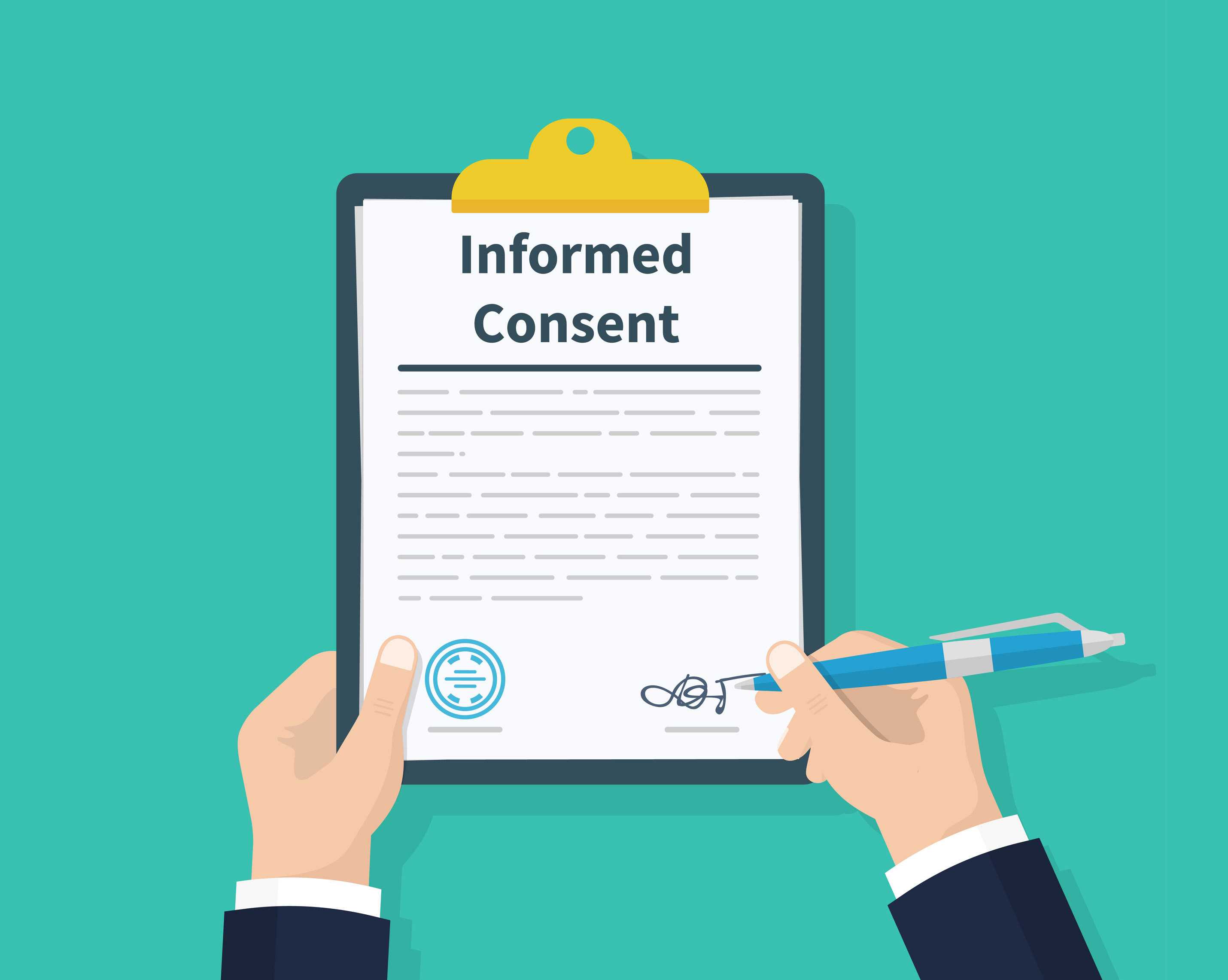Feature
eConsent in clinical trials: what’s new and what’s yet to come?
An expert panel at Medidata’s NEXT London conference discussed with Urte Fultinaviciute latest on adoption of electronic consent.

Credit: Shutterstock/Rawpixel.com
Ealectronic informed consent, also known as eConsent, aids the informed consent process by including multimedia components and digital signatures. Its time-saving and logistical advantages benefit patients, investigators, clinical trial sites, and sponsors. While this approach to clinical trial decentralisation has been a frequent topic of discussion, its widespread use is yet to flourish.
The slow uptake of eConsesnt can be linked to health and competent authorities not knowing how to regulate it, Michael Tucker, managing partner of patient cloud at Dassault Systèmes, the acquirer of Medidata, tells Clinical Trials Arena on the sidelines of the Medidata NEXT London conference (March 7).
There has been a greater adoption of eConsent in the US and Canada, as these two countries have fewer regulators compared to regions like the EU.
Michael Tucker, managing partner of patient cloud at Dassault Systèmes, the acquirer of Medidata
Tucker says that there has been a greater adoption of eConsent in the US and Canada, as these two countries have fewer regulators compared to regions like the EU. However, the regulatory landscape in Europe is changing, explained Valeria Orlova, regulatory strategy analyst at Medidata, in a panel session called “Two truths and a lie: what do sites really think about eConsent?”.
Orlova noted that the EU landscape was very fragmented, but in the past few years, there has been a collaborative effort from various stakeholders in the industry. As a result, the EMA released a recommendations paper on decentralised clinical trials in late December 2022, which offers a list of requirements and acceptance of eConsent in each country.
This paper is a first step towards the unified implementation of eConsent in European trials, but Orlova noted that each country may still require a different configuration of this tool. However, sponsors should not turn their back on eConsent because of this, and should instead choose a vendor or a CRO that can take over the configuration tasks, Tucker says.
Moving forward with eConsent
While the EU regulatory landscape is clearing the path for eConsent, there are still key considerations for its optimal use. With eConsent replacing paper-based informed consent forms, it is crucial to not forget the informed aspect of the tool, Tucker says. As such, a personal interaction between the participant and investigator should be retained, whether it is an in-person visit, video call, or phone call, to verify and validate that the patient is appropriately informed.
To seamlessly implement eConsent into clinical trials, clinicians require appropriate training material to better understand this decentralisation tool. However, vendors or sponsors should avoid providing lengthy training videos, as clinicians might not have time to watch such presentations.
Standardisation across sites is also a pending issue. Tucker explains that some sites might insist on using eConsent tools that were developed in-house. As a result, the industry needs to do a better job of being able to integrate various systems and information sources.
Regardless of having several unsolved problems, eConsent will become embedded into clinical trials in the next few years, Tucker says. While the use of eConsent might not be feasible in some therapy areas, such as rare diseases, it will become a standard practice in most of the larger studies. “As sponsors and sites become more comfortable with it, they will start to see the value,” he adds.

Credit: Shutterstock/IIIerlok_xolms